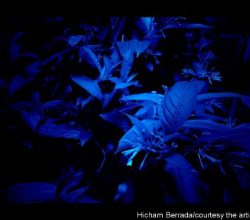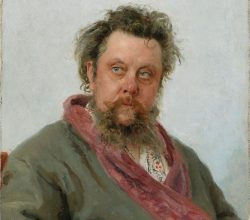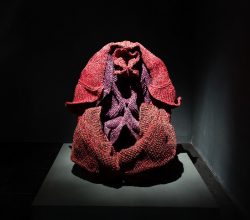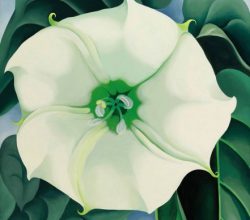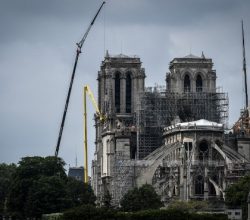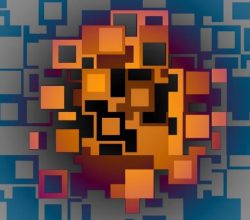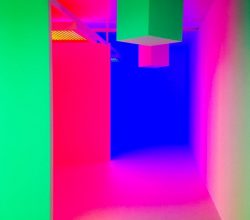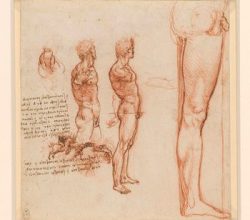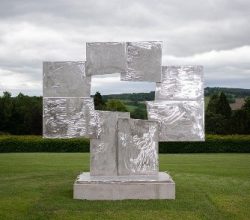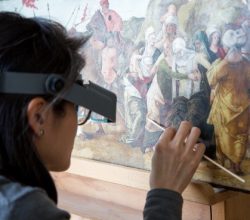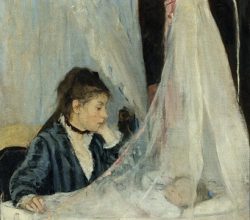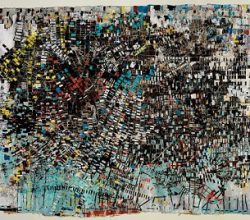
On Excavation: The Paintings of Mark Bradford
John Vincler | The Paris Review | 31st July 2019
Bradford says some of his abstract works start as a kind of map and “on top of it I lay art history and my imagination”. His works combine painting and collage, the thick surfaces then sanded back to reveal their multiple layers. It’s a kind of excavation, just as looking at art involves “a subtle excavation: we sift through associations and memories [attempting] to move from our own experience more fully into the space of the artwork”.

